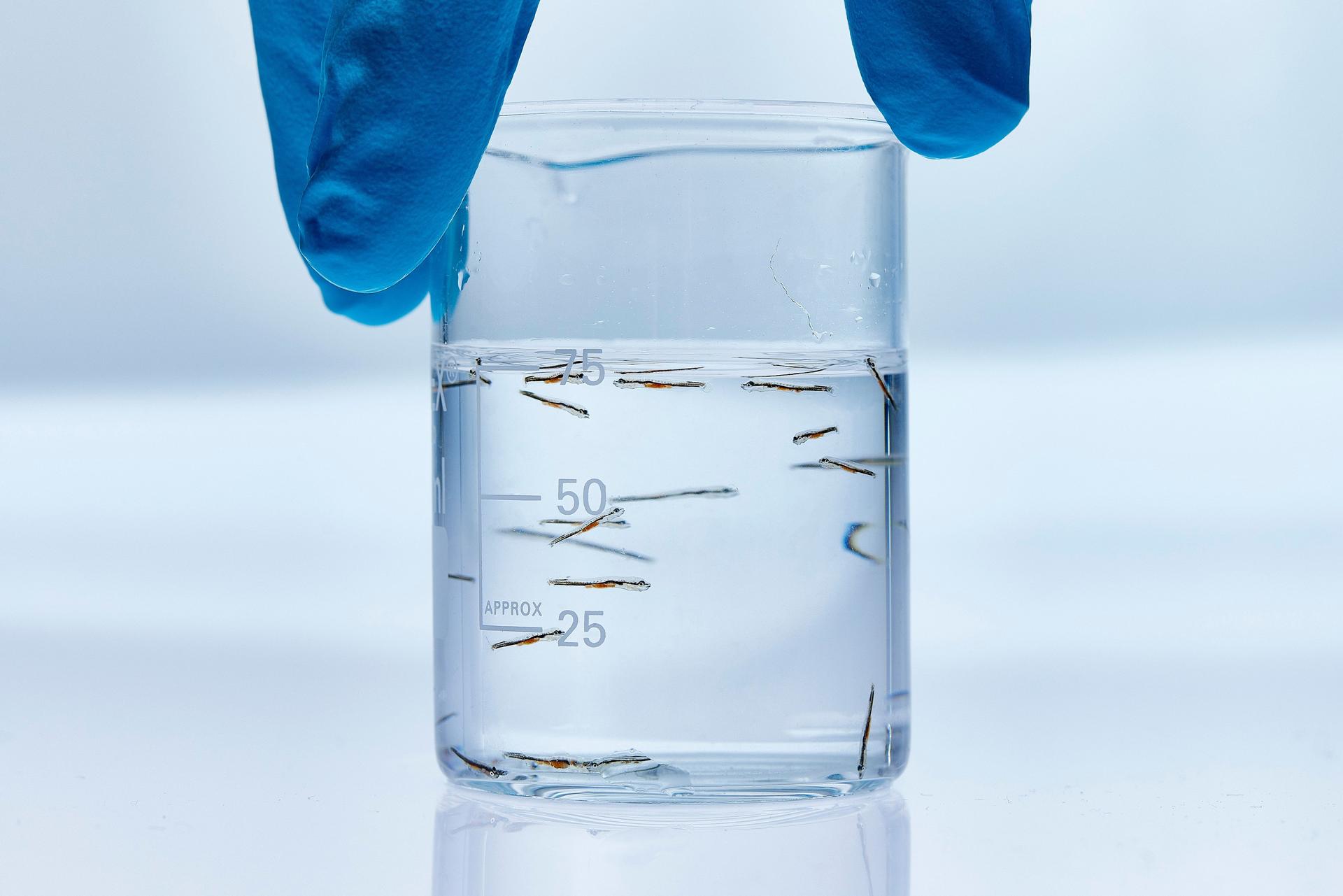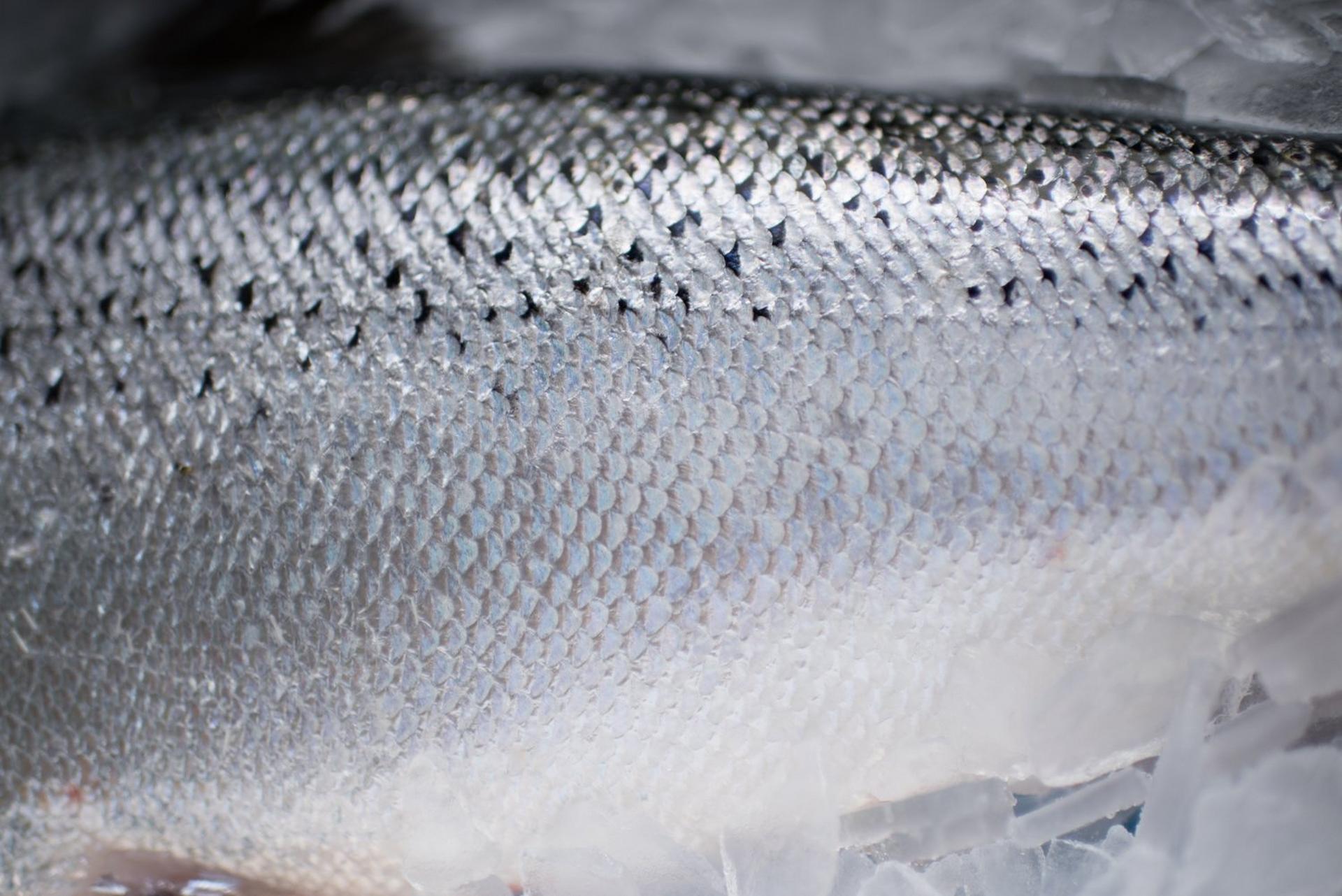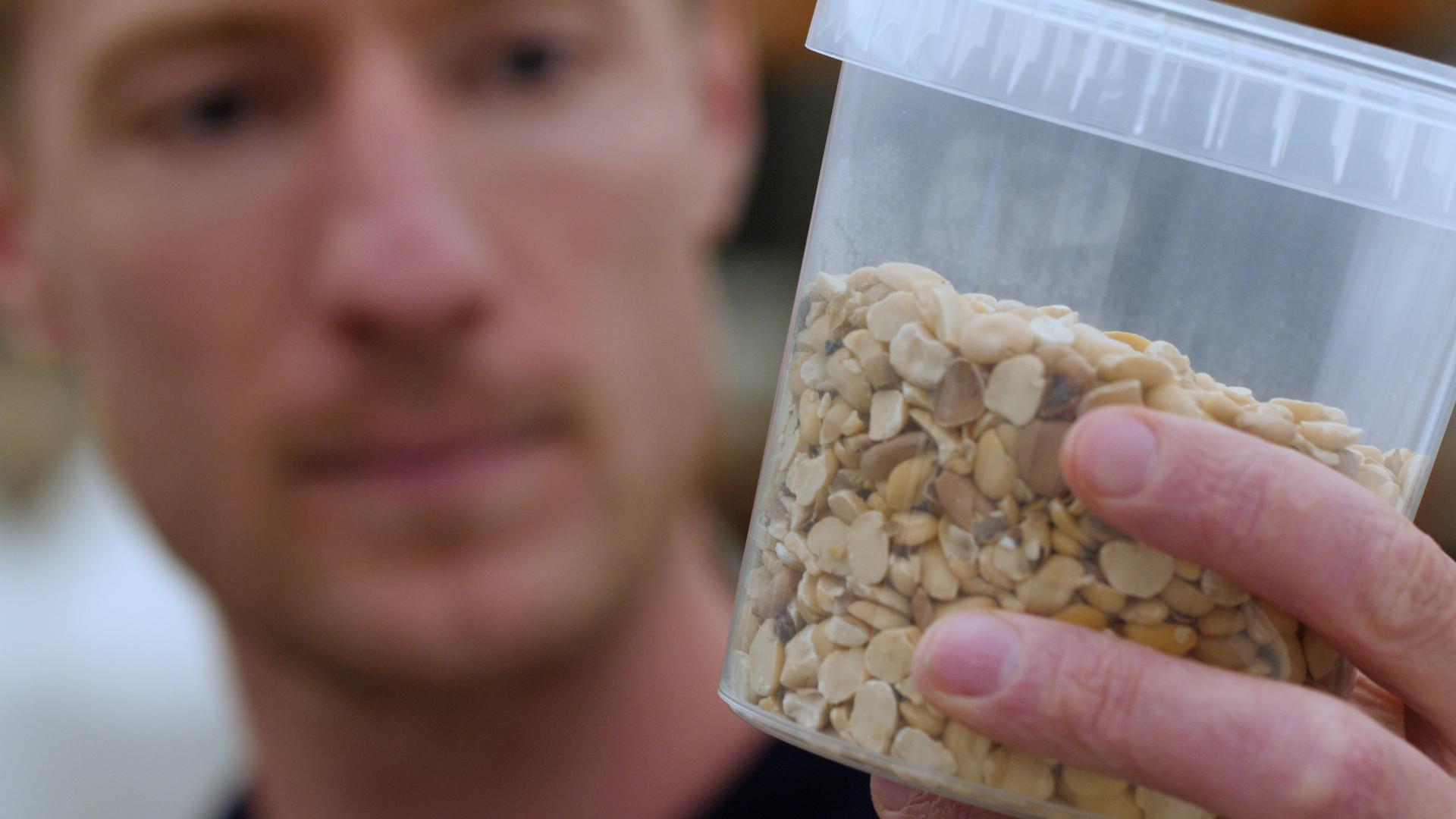Results
Growth Performance
All diets supported normal growth throughout the trial. Final weight and overall performance did not differ significantly across treatments, showing that FPH inclusion up to 13% does not remarkably impact growth in post-larval stages.
Enzyme Activity
The GIT enzyme activities were significantly affected by dietary composition. Activities of trypsin, pepsin, and leucine-alanine aminopeptidase (LAP) varied with FM and FPH levels, suggesting that protein source, peptides size distribution and amino acid compositions influence digestive capacity in seabass fry.
Skeletal Development
The incidence of haemal lordosis was significantly influenced by dietary composition. A notable interaction between fishmeal (FM) and fish protein hydrolysate (FPH) levels was detected, with certain combinations mitigating skeletal deformities following mechanical stress exposure. This effect appears to involve multiple nutrients, including water-soluble proteins, peptide size distribution, polar lipids, vitamin D₃, and specific minerals. These findings suggest that early dietary modulation plays a critical role in promoting skeletal robustness in seabass fry, as part of a broader multifactorial process, particularly under conditions of mechanical stress.


?w=1920&%24withDefaultImage%24=&fmt=auto)











